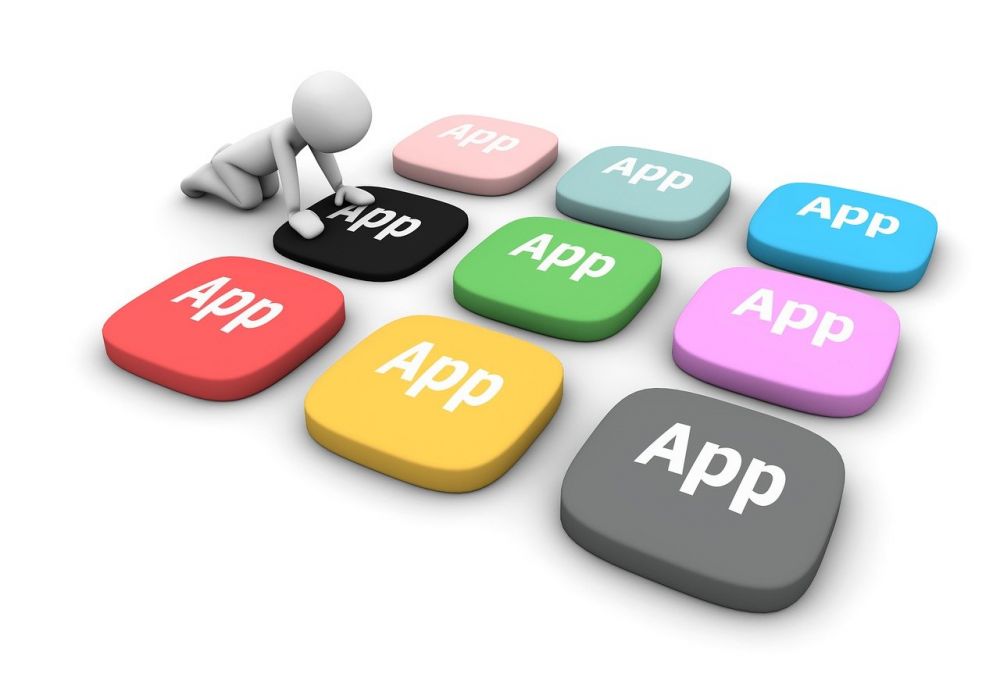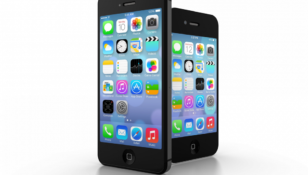Tinder App: Revolutionizing the Dating Scene

Introduction:
In today’s digital age, finding love and companionship has become easier than ever with the advent of dating apps. One such app that has taken the world by storm is Tinder. With its simplistic yet effective approach to matchmaking, Tinder has become a household name for those seeking meaningful connections. In this article, we will delve into the depths of the Tinder app, exploring its features, historical development, and its impact on the dating landscape.
Understanding the Tinder App:

Tinder is a location-based dating app that allows users to browse through profiles of potential matches within their vicinity. The app utilizes a swiping mechanism, where users swipe right if they are interested and left if they are not. If two users swipe right on each other’s profiles, it results in a match, enabling them to connect and potentially embark on a romantic journey.
Key Features and Points of Interest:
– Simplistic User Interface: Tinder’s intuitive interface ensures a seamless user experience, making it accessible to people of all tech-savviness levels.
– Profile Setup: Users are required to create a profile consisting of pictures, a bio, and optional additional details. This personalizes the experience and allows users to showcase their personality.
– Geolocation Technology: Tinder harnesses the power of location services to display potential matches in close proximity, increasing the likelihood of real-life connections.
– Swipe System: The iconic swipe feature enables quick decision-making, ensuring efficient browsing and saving time for users.
– Privacy and Safety: Tinder prioritizes user safety and introduces features like photo verification and a “panic button” for added security.
Historical Evolution of Tinder App:
Tinder was launched in September 2012 by Sean Rad, Jonathan Badeen, Justin Mateen, Joe Munoz, Dinesh Moorjani, and Whitney Wolfe Herd. Originally developed as a platform for college students, the app quickly gained popularity due to its novel approach to dating. Its success led to the expansion of its user base and introduction of new features.
Timeline of Tinder’s Evolution:
– 2012: Tinder launches as an iOS-only app, limited to college campuses in the United States.
– 20
Expansion to Android devices and availability in international markets.
– 2014: Introduction of the popular “Moments” feature, allowing users to share photos that disappear after 24 hours.
– 2015: Tinder Plus, a premium subscription service, is introduced, offering enhanced features like unlimited swipes and passport access to browse profiles in different locations.
– 2016: The launch of Tinder Social, enabling users to meet and connect in groups.
– 2017: Tinder Gold, a premium subscription tier, is introduced, providing users with additional features such as the ability to see who has liked their profile before swiping.
– 2018: Implementation of tighter security measures, including photo verification to reduce fake profiles.
– 2020: Amid the COVID-19 pandemic, Tinder introduces video chat capabilities, allowing users to connect virtually before meeting in person.
Tinder’s Impact on the Dating Landscape:
Tinder’s entry into the dating scene revolutionized the way people approached relationships. It simplified the process of finding a potential partner, shifting the focus from traditional dating websites to mobile apps. With its user-friendly interface and wide user base, Tinder has fostered real connections, meaningful relationships, and even marriages worldwide.
Noteworthy Achievements and Recognitions:
– Time Magazine named Tinder one of the 100 most influential apps of all time in 2018.
– It has consistently remained one of the top-grossing dating apps globally.
– Tinder has surpassed one billion matches since its inception.
Conclusion:
As we conclude our exploration of the Tinder app, it becomes evident that its impact on the dating landscape cannot be overstated. Its user-friendly features, continuous innovations, and commitment to safety have made it a go-to platform for individuals seeking genuine connections. Tinder has successfully navigated the ever-changing digital dating sphere, shaping the way people meet, connect, and fall in love in the modern world. So, why not give Tinder a try and swipe your way to the potential love of your life?

















